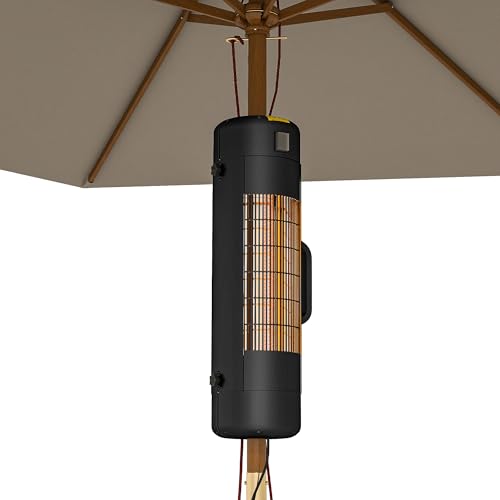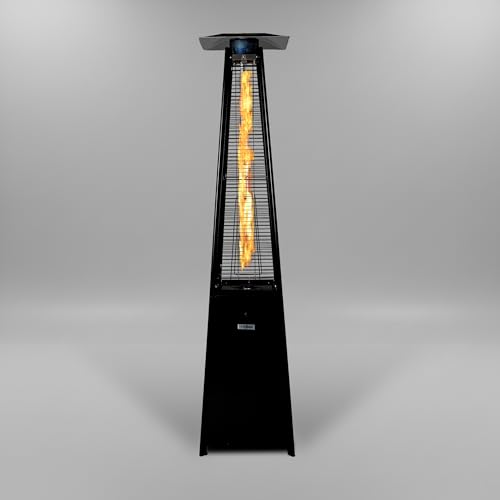Yes, patio heaters can be left outside with proper care and maintenance
Many homeowners enjoy spending time on their patios and outdoor living spaces, especially during the warmer months. Adding a patio heater can extend the use of these spaces into the cooler weather, allowing you to enjoy the outdoors for longer periods. However, it’s important to know whether patio heaters can be left outside and what measures should be taken to ensure their longevity and performance.
The importance of weather resistance
Patio heaters are designed to be used in outdoor environments, so they are typically built to withstand most weather conditions. However, it is essential to choose a patio heater that is specifically designed to be weather-resistant. Look for models that have a weatherproofing rating or are made from durable materials such as stainless steel or cast iron.
Protecting your patio heater from the elements
Even if your patio heater is weather-resistant, it is a good idea to take some precautions to protect it from the elements. One of the simplest and most effective ways to do this is by using a cover. A patio heater cover will help shield your heater from rain, snow, and debris, preventing rust and other damage.
Make sure to choose a cover that fits your patio heater snugly and is made from a waterproof material. Additionally, consider positioning your patio heater in a location that is sheltered from strong winds and direct exposure to rain or snow. This will further protect it from the elements and help prolong its lifespan.
Storing your patio heater during the off-season
If you live in an area with harsh winter weather or extended periods of time when you won’t be using your patio heater, it may be wise to store it indoors. This will provide extra protection and ensure that the heater remains in good working condition for years to come. Before storing your patio heater, make sure to clean it thoroughly and remove any propane gas tanks or other fuel sources.
Find a dry and secure location to store your patio heater, such as a garage, shed, or basement. If you don’t have adequate indoor storage space, consider using a storage unit. Be sure to follow the manufacturer’s instructions for storage, as different models may have specific requirements.
Maintaining your patio heater
Proper maintenance is key to keeping your patio heater in good condition, regardless of whether it is stored indoors or left outside. Regularly clean the heater, removing any dirt, dust, or debris that may have accumulated. Check the fuel lines and connections for any signs of wear or damage and replace them if necessary.
If your patio heater is powered by propane, inspect the tank for leaks and make sure the valve is tightly closed when not in use. It is important to store propane tanks in a well-ventilated area and away from sources of ignition.
Patio heaters can be left outside, but it is important to choose a weather-resistant model and take proper care of it. Using a cover, positioning it in a sheltered location, and cleaning and maintaining it regularly will help ensure its longevity and performance. Storing the patio heater indoors during the off-season is also a good option for those who experience harsh winter weather or extended periods of non-use. By following these guidelines, you can continue to enjoy your outdoor living space comfortably throughout the year.






